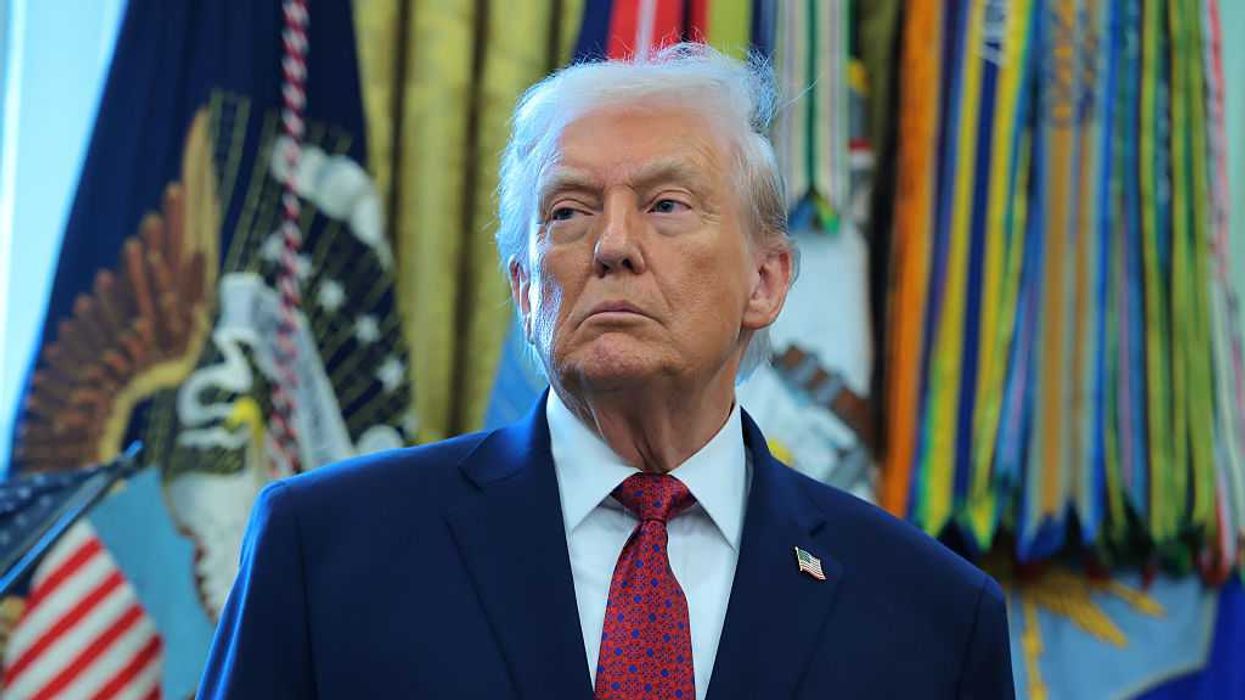This fact brief was originally published by EconoFact. Read the original here. Fact briefs are published by newsrooms in the Gigafact network, and republished by The Fulcrum. Visit Gigafact to learn more.
Do mass deportations cause job losses for American citizens?
Yes.
History shows mass deportations cause job losses for American citizens.
The anti-immigrant efforts of the Kennedy, Johnson, Roosevelt and Coolidge administrations either “generated no new jobs or earnings” or “harmed U.S. workers’ employment and earnings,” according to PIIE.
More recently, an analysis of President Obama’s deportation efforts found that deporting 500,000 immigrants causes around 44,000 job losses for U.S.-born workers.
Brookings explains that mass deportations harm industries that rely on immigrant labor, leading to job losses for American citzens that work complimentary jobs. Additionally, businesses suffer from losing the demand of undocumented immigrants.
The nonpartisan American Immigration Council estimates that a new mass deportation effort would cost nearly $1 trillion over a decade. At the same time, the federal government would lose tens of billions of dollars annually in tax revenue from deported immigrants while the U.S. GDP could shrink up to 6.8%.
This fact brief is responsive to conversations such as this one.
Sources
Peterson Institute for International Economics Trump’s proposed mass deportations would backfire on US workers
The University of Chicago Press Journals The Labor Market Effects of Immigration Enforcement
Brookings The labor market impact of deportations
American Immigration Council Mass Deportation: Devastating Costs to America, Its Budget and Economy




















